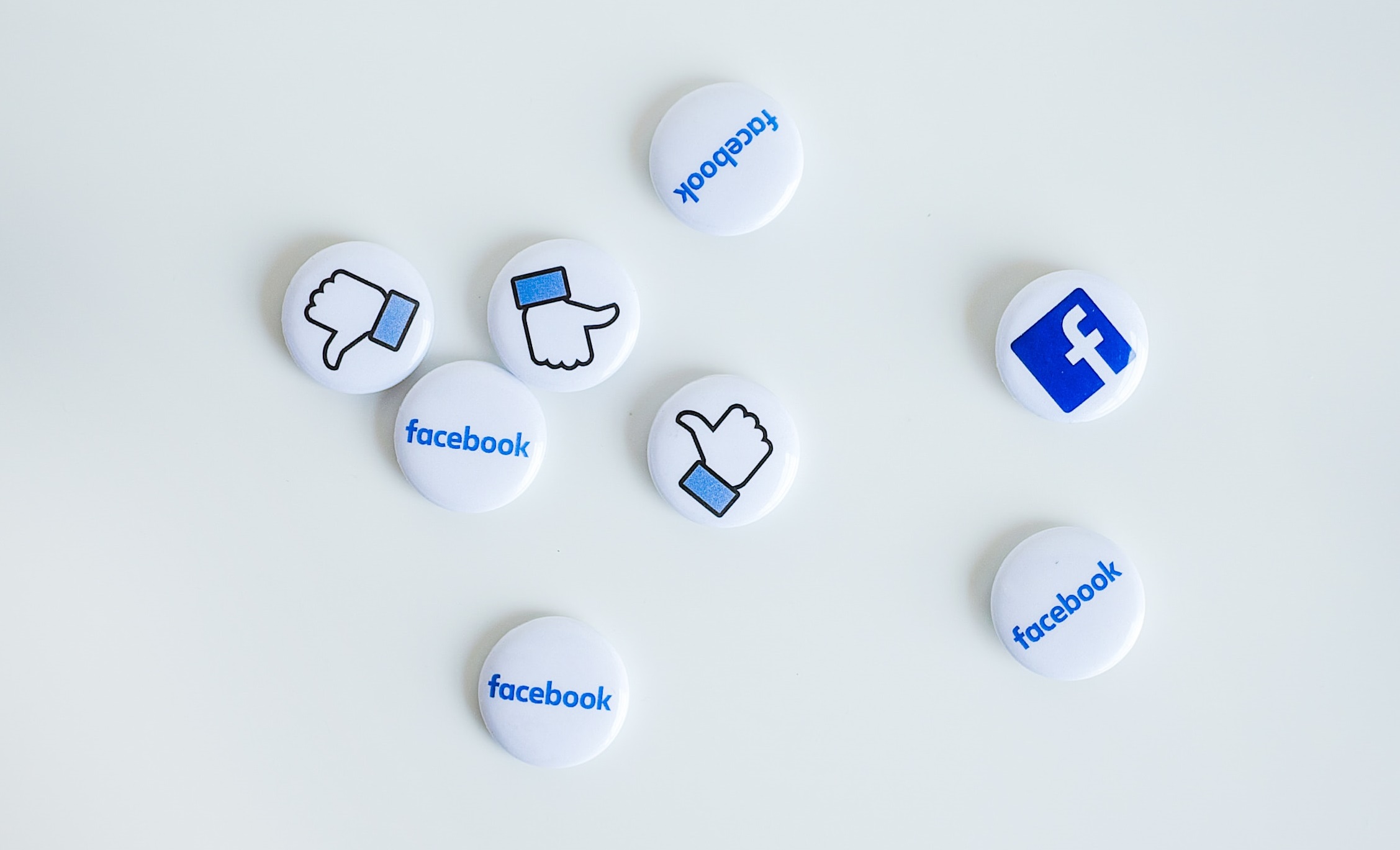The positives of social media

Parents can be forgiven for thinking social media has a predominately negative effect on children. The growing regularity of cyber bullying, and media coverage of severe responses from victims, has painted sites like Facebook, Twitter and Instagram in a less-than-flattering light.
However, there is evidence to suggest that social media use can be advantageous for students and may promote learning, health and strengthen relationships.
Boost learning
There might be a lot of superficial content floating around on social media but there is plenty of worthwhile information too. The nature of ‘trending’ topics exposes children to issues of the day and within seconds, they can be in the know on the latest political shift or social injustice.
Following news outlets allows students to pick and choose the stories they want to investigate, rather than buying a newspaper and skipping past much of the content. Accompanying video footage makes news stories more engaging for an audience who have been bred on technology.
Health perks
From #dryjuly, which encourages taking a month off drinking alcohol, to #freezemnd championed by Neale Daniher to find a cure for motor neuron disease, the promotion of health initiatives on social media sends a strong message to children from a young age.
There are also dedicated groups for students with specific medical conditions, where they can connect with others going through the same thing and find support, information and a safe space for discussing how they are coping.
Solidifies friendships
The ability of social networking sites to break down the barriers of time and distance allows children to meet other students with similar interests — an aspect that is particularly relevant to those from remote and regional communities.
Recent additions to the social media landscape, like Snapchat, are very conducive to building and consolidating relationships. With features like ‘best friends’ and ‘streaks’ between people, users can develop a genuine sense of connectivity.
It benefits students and teachers
Today, technology has advanced so much that some teachers and students now rely on social media to keep up with educational information. It has become very easy to get information from renowned experts and professionals through social media. Regardless of your educational backgrounds, students can now learn much more than what the kids from the past have learnt. Kids can now visualise syllabus better with technology, this includes exposure to geographical locations, history and culture.



